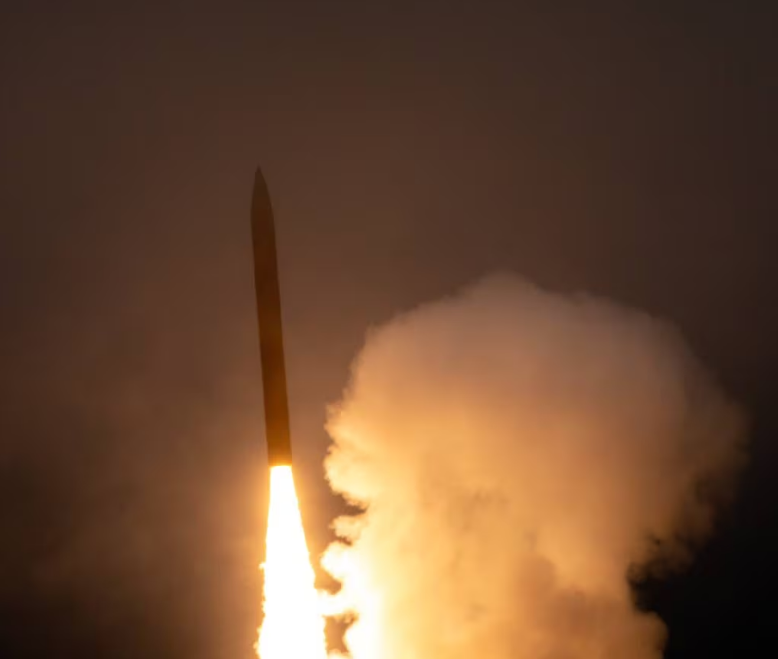
In a landmark trial, the Missile Defense Agency (MDA) successfully conducted a pivotal test of the Ground-Based Interceptor (GBI). This test marked a significant stride in fortifying the nation’s defense against potential ballistic missile threats. The missile test, executed on Monday, December 11, 2023, witnessed the GBI intercepting an Intermediate Range Ballistic Missile (IRBM). This successful test affirms the heightened capabilities of the Ground-Based Midcourse Defense (GMD) system.
Advancements in defense capabilities
This unprecedented missile test was conducted at Vandenberg Space Force, California. The military unveiled the GBI’s enhanced functionality by deploying an upgraded missile version. This upgrade was coupled with the Raytheon-designed Capability Enhanced-II Block 1 Exo-Atmospheric Kill Vehicle (EKV). The upgrade is a specific type of kill vehicle, which is the part of the GBI that physically destroys the incoming missile.
In simpler terms, the missile that was tested has a newer and better “kill vehicle” than previous models. Additionally, it has a new feature that allows it to launch its kill vehicle earlier than before. This gives the kill vehicle more space and time to intercept a threat, similar to giving a fighter jet a bigger fuel tank and a longer runway. These added capabilities are important when defending against attacks.
Integration of cutting-edge sensor data
Toward future defense initiatives
MDA’s focus remains steadfast on modernizing and fortifying the nation’s defense infrastructure. The upgraded GBI is a testament to ongoing missile technology advancements and is slated for deployment in the upcoming GMD capability delivery. Additionally, the agency is actively engaged in a competition aimed at developing the Next-Generation Interceptor (NGI). These new interceptor vehicles are envisioned as a replacement for the current GBIs. The NGI is anticipated to be operational by 2028, and it promises to transcend existing capabilities, offering heightened defense mechanisms against evolving and sophisticated threats.
Continuing the legacy of defense innovation
The current GMD system was initially deployed two decades ago, and it has remained a cornerstone of the United States’ overarching defense strategy. The recent breakthrough in missile defense technology underscores the system’s adaptability and pivotal role in ensuring national security. With ongoing system modernization and the promising trajectory of the NGI project, the nation is poised to confront emerging threats with a robust, agile, and technically superior defense infrastructure.
The Ground-Based Interceptor’s successful interception test demonstrates the United States of America’s unyielding commitment to developing innovative technologies that strengthen national security. As the Missile Defense Agency advances its development of missile interception technology, the progress made in recent missile tests will help secure a more resilient future for the nation in light of evolving global security threats.
